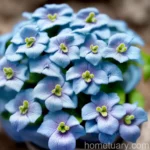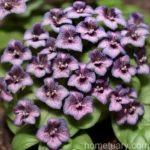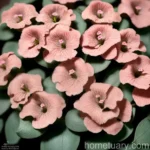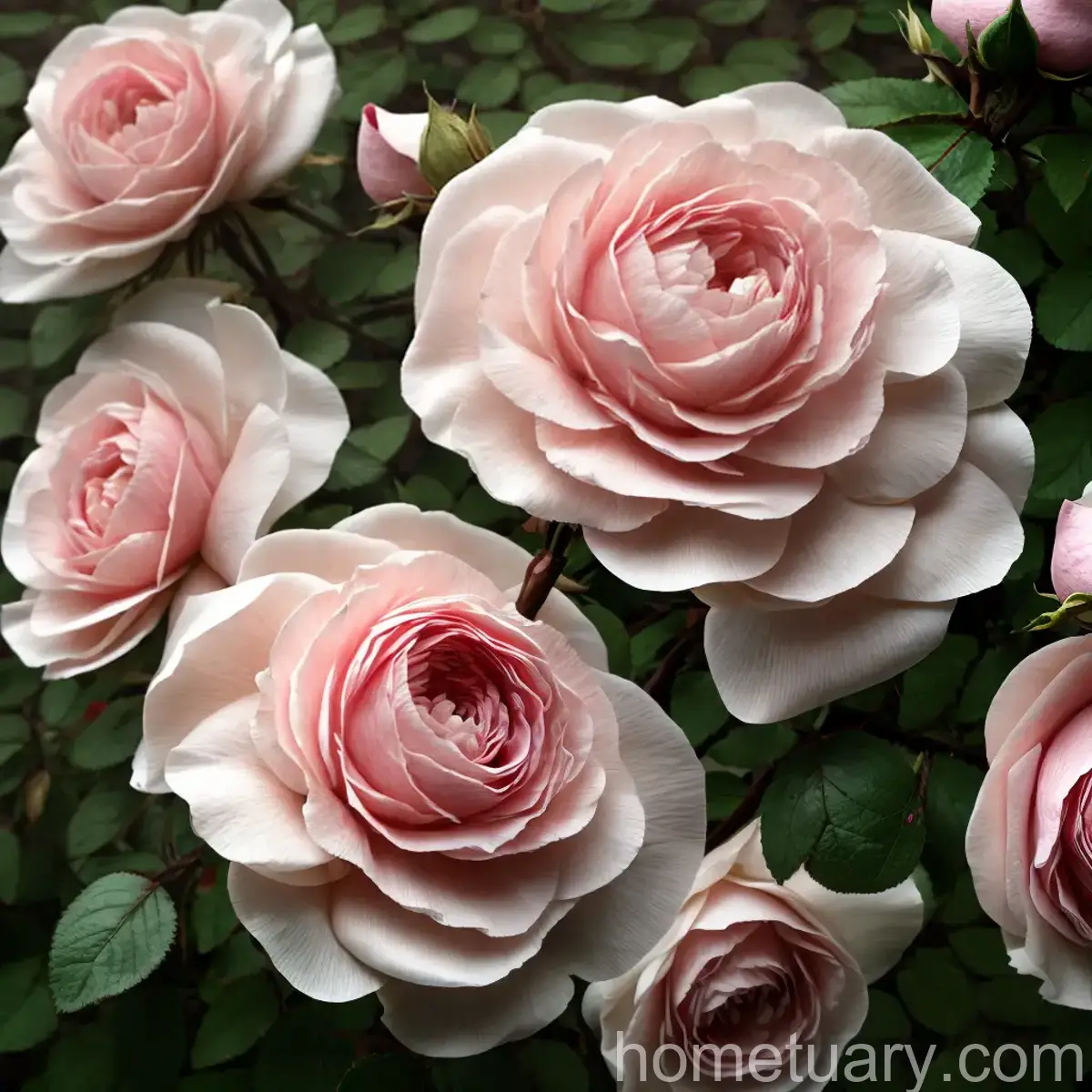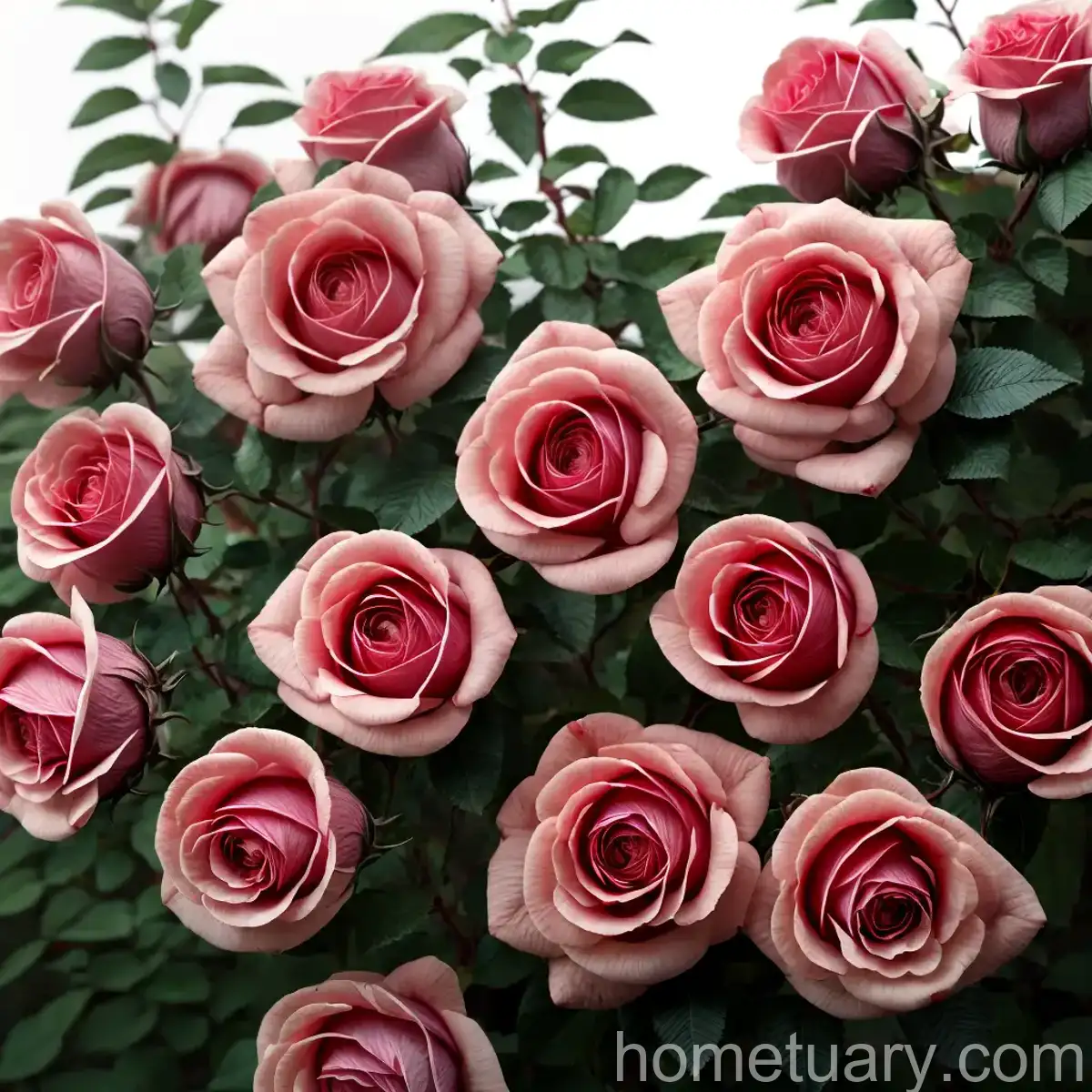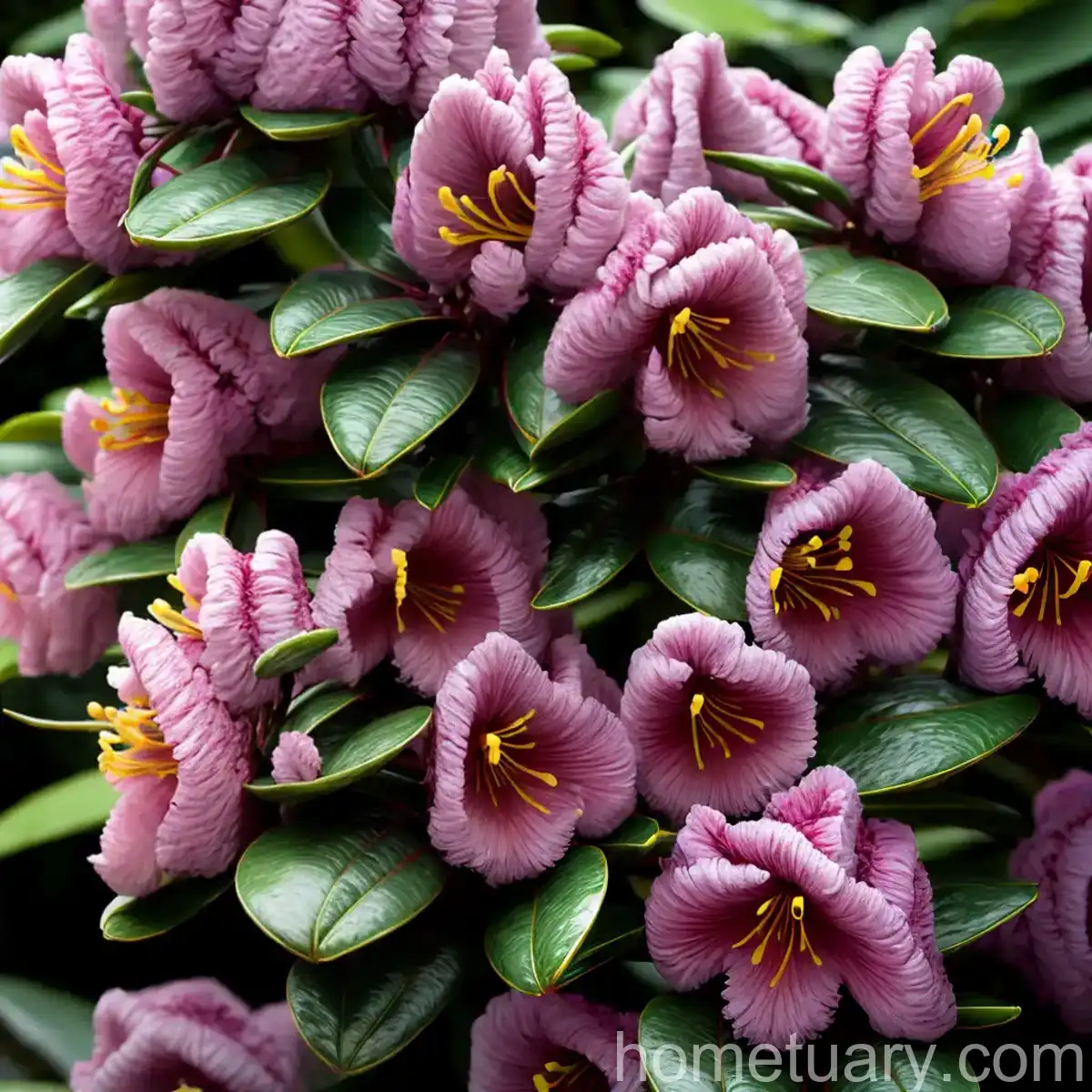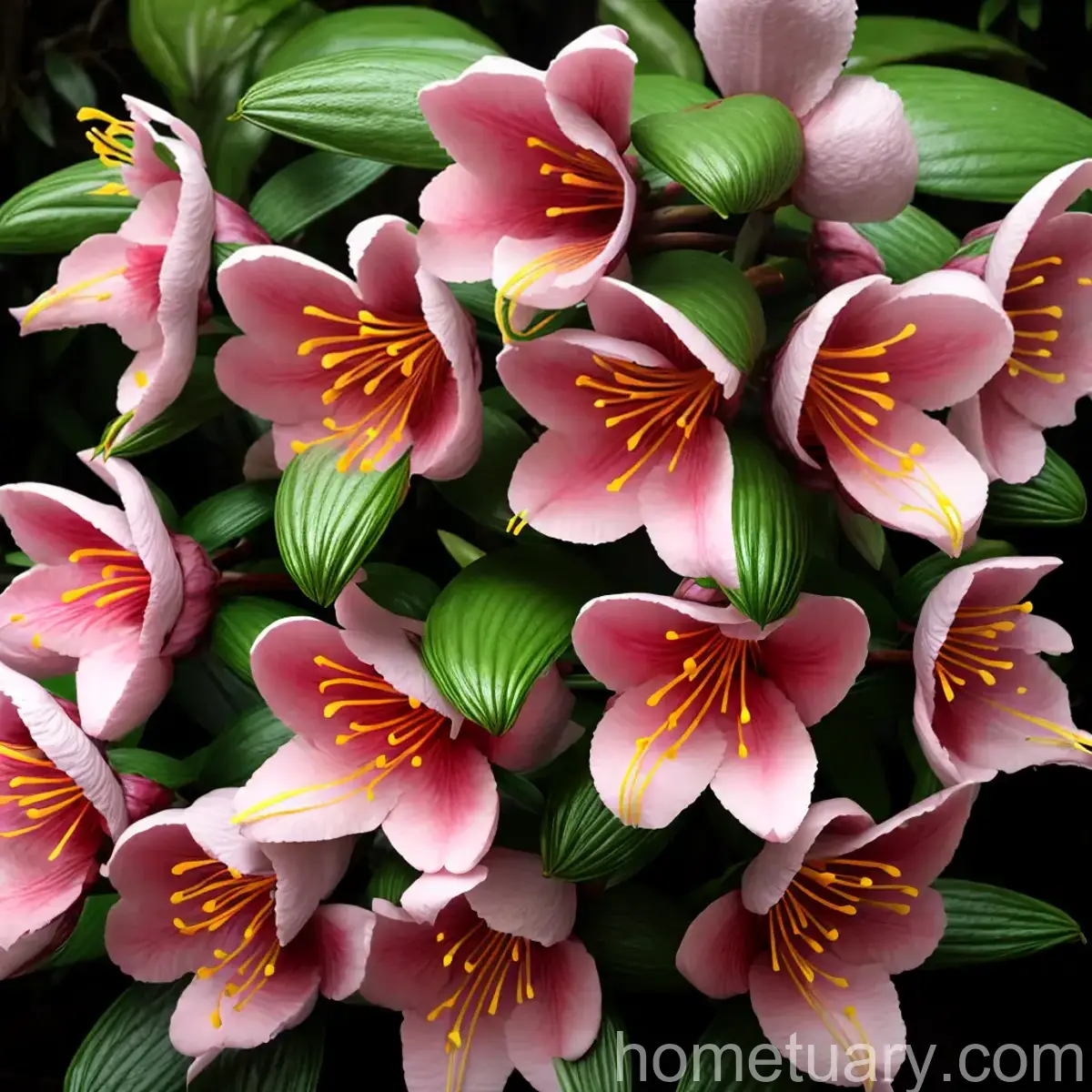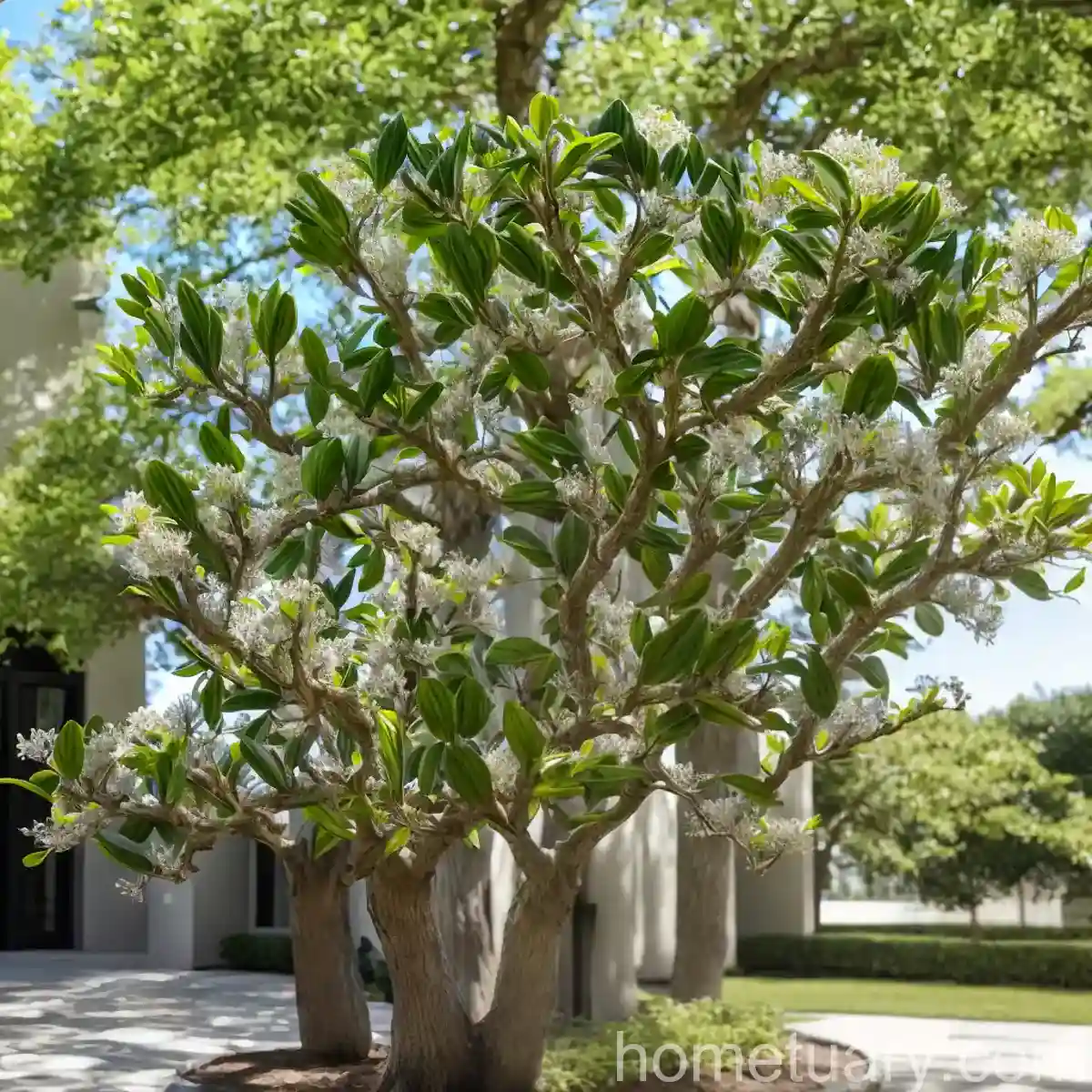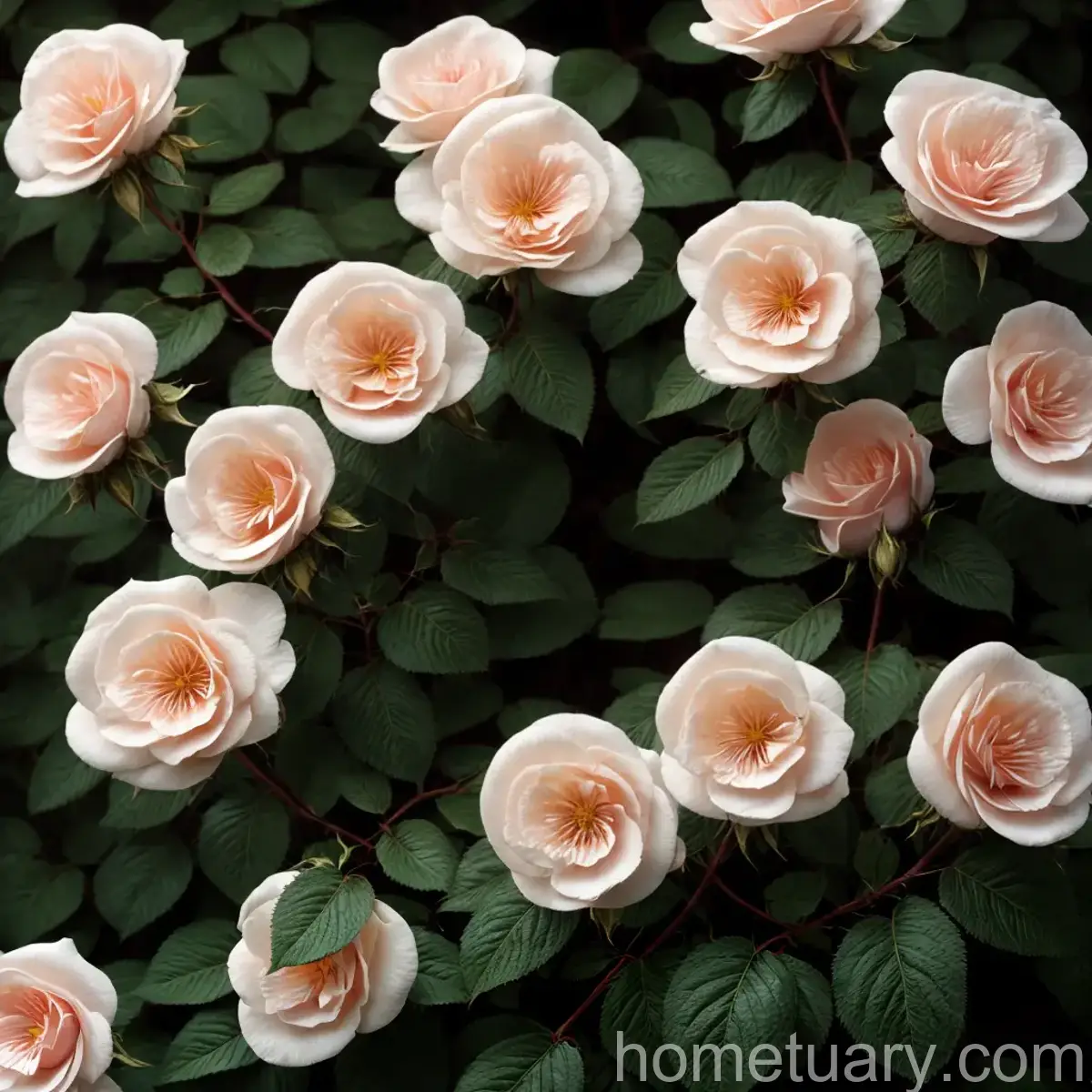Lungwort (Pulmonaria ‘Cotton Cool’) – A Comprehensive Plant Care Guide
Plant care is becoming increasingly popular, with enthusiasts striving to cultivate a diverse range of plants to beautify their indoor and outdoor spaces. Among the assorted flora available, lungwort, scientifically known as Pulmonaria ‘Cotton Cool’, stands out as an attractive and versatile plant, offering an array of benefits and characteristics that make it an excellent addition to any garden or collection. In this comprehensive guide, we will delve into the world of lungwort, exploring its culture, uses, care requirements, common diseases, pests, propagation, and much more. Whether you’re a seasoned plant enthusiast or a novice gardener, this article will equip you with the knowledge necessary to grow and maintain the vibrant and charming Pulmonaria ‘Cotton Cool’.
What is Lungwort (Pulmonaria ‘Cotton Cool’)?
Lungwort, or Pulmonaria ‘Cotton Cool’, is a herbaceous perennial plant that belongs to the Boraginaceae family. This plant is renowned for its unique appearance, featuring elongated leaves with distinctive silver spotting and stunning clusters of tubular flowers in shades of pink, blue, and purple. The botanical name Pulmonaria is derived from the Latin word “pulmo,” which means lung, as the leaves of some species resemble lung tissue. ‘Cotton Cool’ is a hybrid lungwort variety, developed for its exceptional visual appeal and ease of care.
The lungwort plant is native to Europe and thrives in cool, shady environments, making it an ideal addition to woodland gardens or shaded borders. Apart from its aesthetic appeal, lungwort has been utilized for its medicinal properties for centuries, particularly in traditional herbal medicine. Its high ornamental value, coupled with its historical significance and potential health benefits, positions it as a versatile and valuable plant for both gardening and wellness purposes.
Key Takeaways – Lungwort (Pulmonaria ‘Cotton Cool’)
Before we delve into the specifics of lungwort care and cultivation, let’s summarize the key takeaways pertaining to this fascinating plant:
- Plant Name: Pulmonaria ‘Cotton Cool’
- Family: Boraginaceae
- Characteristics: Silver-spotted leaves, tubular flowers in pink, blue, and purple
- Cultural Uses: Ornamental gardening, traditional herbal medicine
- Sunlight: Shade to partial shade
- Water: Moderate water requirements
- Soil: Moist, well-draining soil
- Fertilizer: Minimal fertilizer needs
- Pruning: Regular deadheading to promote continuous blooming
- Propagation: Propagate through division or seeds
- Container Popularity: Well-suited for containers
- Common Diseases: Mildew, rust
- Common Pests: Aphids, slugs
With these key points in mind, we will now delve into each aspect of lungwort care and cultivation in detail.
Culture
Cultivating lungwort (Pulmonaria ‘Cotton Cool’) involves understanding the optimal growing conditions and cultural practices that will enable the plant to thrive. Here’s a detailed look at the cultural aspects of lungwort care:
Uses
Landscaping: Lungwort is primarily used as an ornamental plant in landscaping, adding color and texture to shaded areas. Its early spring bloom and distinctive foliage make it an excellent choice for woodland-themed gardens, shaded borders, or under deciduous trees.
Traditional Herbal Medicine: Historically, lungwort has been used in traditional herbal medicine to treat respiratory ailments due to its resemblance to lung tissues, which is believed to indicate its potential medicinal properties. However, it is essential to consult a certified herbalist or healthcare professional before using lungwort for medicinal purposes.
Water
Lungwort plants have moderate water requirements and thrive in consistently moist soil. However, they are susceptible to root rot if the soil becomes waterlogged, emphasizing the importance of well-draining soil. When watering lungwort, aim to provide even moisture without allowing the soil to become overly saturated.
Sunlight
As native woodland plants, lungworts prefer shady to partially shaded environments. When grown in full sun, they are prone to scorching and may exhibit signs of stress such as wilting or browning leaves. Therefore, it is crucial to plant lungwort in locations with dappled or partial shade to create an environment that mimics its native habitat.
Fertilizer
Lungwort plants have minimal fertilizer needs and generally thrive without intensive feeding. A light application of balanced, slow-release fertilizer in early spring can provide the plant with the necessary nutrients for healthy growth and flowering. However, excessive fertilization should be avoided, as it may lead to luxuriant foliage at the expense of flowers.
Soil
The soil composition and quality play a significant role in the successful cultivation of lungwort. Considering its preference for moist, well-draining soil, it is essential to create an environment conducive to its growth. Here are the key soil considerations for the optimal growth of Pulmonaria ‘Cotton Cool’:
-
Moisture Retention: The ideal soil for lungwort should retain moisture without becoming waterlogged. Incorporating organic matter such as compost or leaf mold into the soil can enhance its moisture retention capacity while promoting aeration.
-
Acidic to Neutral pH: Lungwort plants thrive in slightly acidic to neutral soil with a pH range of 6.0 to 7.0. Conducting a soil pH test can help determine the acidity level and enable the necessary adjustments to create the ideal growing medium for the plant.
-
Well-Draining: Ensuring that the soil is well-draining is crucial to prevent waterlogging, which can lead to root rot and other detrimental conditions for the plant. Amending heavy clay soils with coarse sand or organic matter can improve drainage.
Pruning
Pruning is an essential aspect of lungwort care, particularly for promoting continuous blooming and maintaining the plant’s aesthetic appeal. Here are the key pruning considerations for Pulmonaria ‘Cotton Cool’:
-
Deadheading: Removing spent flowers through deadheading can stimulate the production of new blooms and prevent the plant from expending energy on seed production. Regular deadheading throughout the blooming season can prolong the flowering period and enhance the visual appeal of the plant.
-
Cutting Back: In late fall or early spring, cutting back the faded foliage and stems can rejuvenate the plant and promote healthy regrowth. Trimming back any damaged or diseased foliage can also help maintain the plant’s overall vigor.
Propagation
Propagating lungwort can be achieved through division or seeds, providing opportunities to expand your plant collection or share the beauty of Pulmonaria ‘Cotton Cool’ with others. Here’s an overview of the propagation methods suitable for lungwort:
-
Division: Dividing mature lungwort plants in early spring or fall allows you to create new plants from established clumps. Carefully lift the plant, separate the rhizomes or root clumps, and replant them in suitable locations with the appropriate growing conditions.
-
Seeds: Collecting and germinating lungwort seeds can be a rewarding propagation method, albeit one that requires patience. Sow the seeds in a suitable seed-starting mix, keep them consistently moist, and provide adequate light for germination. Transplant the seedlings into individual pots once they have developed several true leaves.
Container Popularity
Lungwort’s adaptability and aesthetic appeal make it well-suited for container gardening, allowing plant enthusiasts to cultivate this charming perennial in various settings. Here are some insights into the suitability of lungwort for container gardening:
-
Container Selection: Choose a spacious container with adequate drainage holes to ensure proper moisture management and prevent waterlogging. Consider the visual aesthetic when selecting a container, as lungwort’s foliage and flowers can complement different designs.
-
Potting Mix: Use a well-draining potting mix rich in organic matter to provide lungwort with the necessary nutrients and moisture retention while preventing the risk of waterlogged roots.
-
Placement: Position the container in a shaded or partially shaded area, such as a porch, patio, or garden bed with limited sunlight exposure. Ensure that the lungwort receives the requisite shade to thrive in a container environment.
Common Diseases
Like many plants, lungwort is susceptible to certain diseases that can impact its health and appearance. Understanding these common diseases and their diagnosis is pivotal in implementing effective disease management strategies. Here are some prevalent diseases that may affect Pulmonaria ‘Cotton Cool’:
Disease Diagnosis
-
Mildew: Powdery mildew, characterized by a white, powdery coating on the leaves, is a common fungal disease that can affect lungwort plants. Ensure proper air circulation and consider fungicidal treatments to manage mildew outbreaks.
-
Rust: Rust, manifesting as orange or brownish spots on the undersides of leaves, can diminish the plant’s overall vitality. Regular monitoring and prompt treatment measures can help control and prevent rust infestations.
Common Pests
Pests can pose a threat to lungwort plants, potentially impacting their growth and flowering. Identifying and addressing common pests can safeguard the health and vigor of Pulmonaria ‘Cotton Cool’. Here are some pests that may affect lungwort:
Common Pests
-
Aphids: These small, pear-shaped pests can congregate on the undersides of leaves, sucking sap from the plant and causing stunted growth. Pruning infested portions and employing natural predators can help manage aphid populations.
-
Slugs: Slugs are known to feed on lungwort foliage, leading to unsightly damage and compromising the plant’s aesthetic appeal. Implementing slug barriers and regularly checking for slug activity can mitigate their impact on the plant.
Botanist’s Tips
Harnessing the expertise of botanists and seasoned plant enthusiasts can provide valuable insights into cultivating and caring for lungwort. Here are some botanist-approved tips for successfully growing and enjoying Pulmonaria ‘Cotton Cool’:
-
Understand Local Growing Conditions: Familiarize yourself with the specific environmental conditions in your area, including temperature, humidity, and soil characteristics, to create an optimal habitat for lungwort.
-
Monitor Moisture Levels: Regularly monitor the soil moisture to ensure that it remains consistently moist without becoming waterlogged, and adjust watering practices accordingly.
-
Integrate Companion Plants: Select companion plants that thrive in similar shade or partial shade environments to create harmonious garden landscapes and promote mutual benefits among the species.
Fun Facts
Delving into the realm of fun and intriguing facts about lungwort can deepen your appreciation for this captivating plant. Here are some fascinating tidbits about Pulmonaria ‘Cotton Cool’:
-
Historical Significance: Lungwort’s historical use in herbal medicine dates back centuries, with various cultures acknowledging its potential health benefits.
-
Flower Color Variations: Lungwort flowers exhibit an enchanting color spectrum, including shades of pink, blue, and purple, adding vibrant hues to shaded garden spaces.
Links to External Resources
To further enrich your understanding of lungwort and its care requirements, consider exploring these external resources:
- Royal Horticultural Society – Pulmonaria
- University of Maryland Extension – Pulmonaria
- Missouri Botanical Garden – Pulmonaria ‘Cotton Cool’
In conclusion, lungwort (Pulmonaria ‘Cotton Cool’) represents a captivating and versatile plant that holds ornamental, historical, and potential medicinal significance. Understanding its culture, care requirements, potential diseases, and propagation methods is crucial for nurturing healthy and vibrant lungwort specimens. By incorporating the insights provided in this comprehensive guide, you can embark on an enriching journey of cultivating, appreciating, and benefiting from the unique charm of Pulmonaria ‘Cotton Cool’. Whether you’re a dedicated gardener, a herbalism enthusiast, or simply someone intrigued by the beauty of plants, lungwort is a valuable addition to any garden or collection, offering a wealth of visual appeal and potential benefits for holistic well-being.




